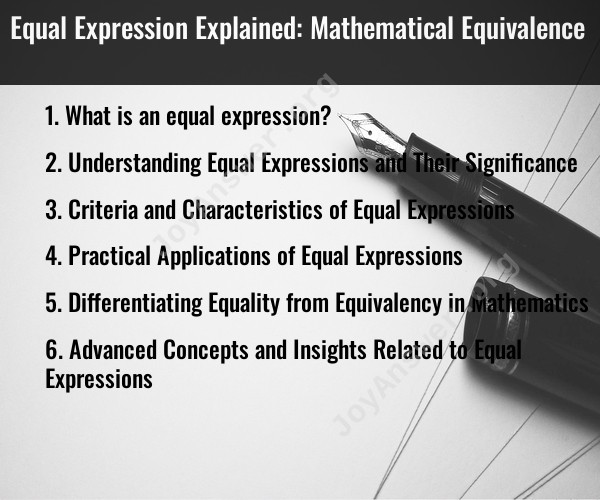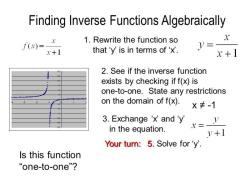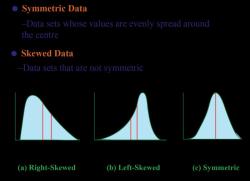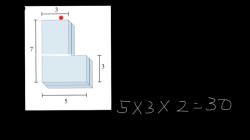What is an equal expression?
An equal expression refers to two mathematical expressions that have the same value or are equivalent. In mathematical terms, when you say that two expressions are equal, you mean that they represent the same quantity or numerical value. This equality is typically denoted by the equal sign "=", which signifies that the two expressions on either side of it are the same.
For example, consider the following equal expressions:
- Simple Numerical Equality:
- 3 + 4 = 7
- 2 * 5 = 10
In both cases, the expressions on the left and right sides of the equal sign are equal; they represent the same numerical value.
- Variable Expressions:
- x + 5 = 10
- 2y = 6
In these examples, "x" and "y" are variables, and the expressions demonstrate that when specific values are substituted for these variables, the equations hold true. For example, if x = 5 in the first equation, then 5 + 5 is indeed equal to 10.
- Complex Expressions:
- (a + b)² = a² + 2ab + b²
- 3(x + 4) = 3x + 12
Even in more complex expressions, the concept of equal expressions remains the same. In these cases, the expressions on both sides of the equal sign are equal for all values of the variables that make the equation true.
Understanding equal expressions is fundamental to algebra and mathematics as a whole, as it's the basis for solving equations, simplifying expressions, and demonstrating mathematical relationships and equivalences. The concept of equality is a fundamental principle in mathematics and serves as the foundation for solving equations, making mathematical proofs, and expressing mathematical relationships.
Understanding Equal Expressions and Their Significance
Equal expressions are mathematical expressions that have the same value, even if they look different. They can be manipulated to solve equations and inequalities, and to simplify complex expressions. Equal expressions are also important in many other areas of mathematics, such as algebra, calculus, and trigonometry.
Criteria and Characteristics of Equal Expressions
Two expressions are equal if they have the same value for all possible values of their variables. This means that if you substitute any number into both expressions, you will get the same answer.
Here are some of the criteria and characteristics of equal expressions:
- They must have the same number of terms.
- Each term in one expression must have an equivalent term in the other expression.
- The order of the terms in the expressions does not matter.
- The expressions can be manipulated using the basic properties of arithmetic, such as the commutative, associative, and distributive properties.
Practical Applications of Equal Expressions
Equal expressions have many practical applications in mathematics and in other fields. Here are a few examples:
- Solving equations and inequalities: Equal expressions can be used to solve equations and inequalities by moving all of the variables to one side of the equation and all of the constants to the other side.
- Simplifying complex expressions: Equal expressions can be used to simplify complex expressions by combining like terms and factoring out common factors.
- Deriving mathematical formulas: Equal expressions can be used to derive mathematical formulas by manipulating and simplifying expressions.
- Modeling real-world problems: Equal expressions can be used to model real-world problems by translating verbal statements into mathematical expressions.
Differentiating Equality from Equivalency in Mathematics
The terms "equality" and "equivalency" are often used interchangeably in mathematics, but they have slightly different meanings.
- Equality: Equality is a relationship between two mathematical expressions that have the same value.
- Equivalency: Equivalency is a relationship between two mathematical statements that are both true or both false.
In other words, equality is a relationship between expressions, while equivalency is a relationship between statements.
Advanced Concepts and Insights Related to Equal Expressions
There are many advanced concepts and insights related to equal expressions. Here are a few examples:
- Equivalence classes: Equal expressions can be grouped together into equivalence classes, where all of the expressions in a given equivalence class have the same value.
- Equivalence relations: Equivalence relations are relations between mathematical objects that satisfy certain properties, such as reflexivity, symmetry, and transitivity. Equal expressions are an example of an equivalence relation.
- Isomorphism: Isomorphism is a mapping between two mathematical structures that preserves the structure of the original structures. Equal expressions can be used to construct isomorphisms between different mathematical structures.
Overall, equal expressions are a fundamental concept in mathematics with many important applications. By understanding the criteria and characteristics of equal expressions, as well as their practical applications and advanced concepts, you can develop a deeper understanding of mathematics and its power.












